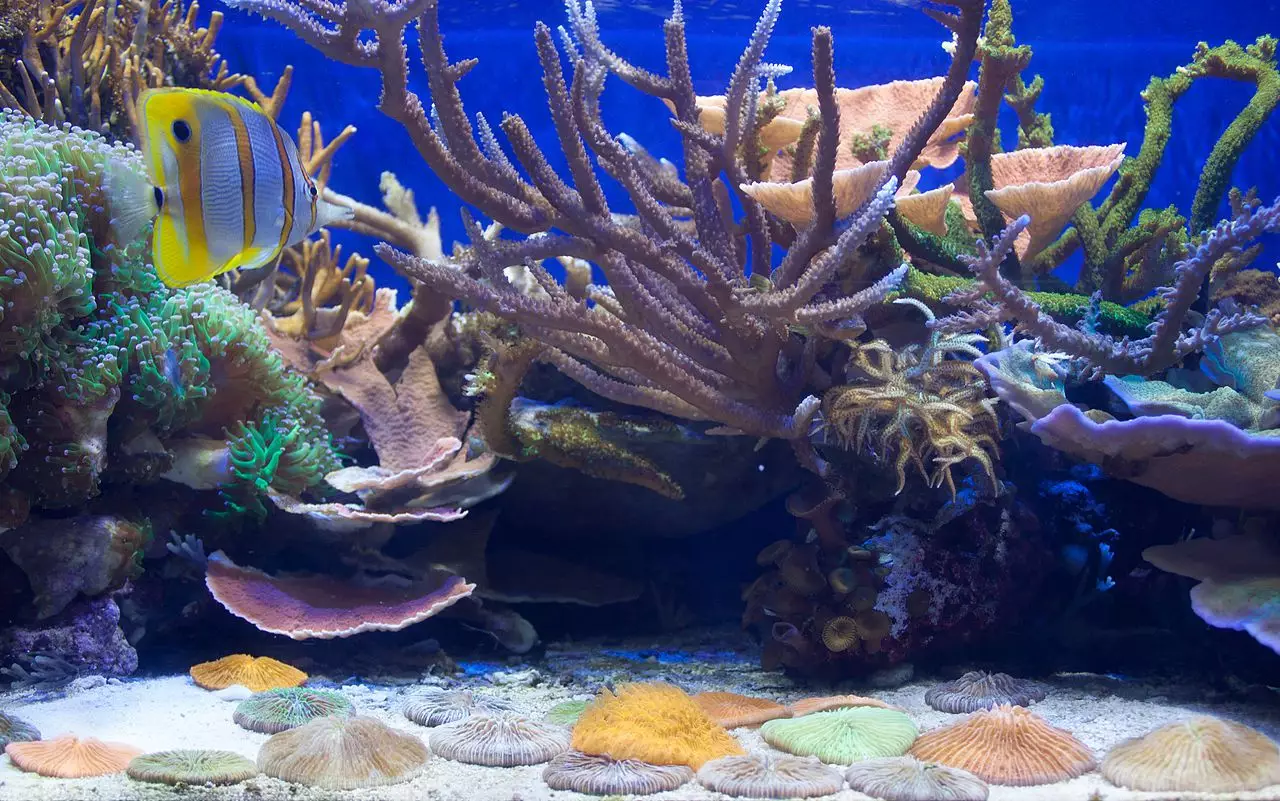Aquarium enthusiasts often face challenges in maintaining optimal water temperatures, particularly in warmer climates. Among the innovative solutions, repurposing a dorm-sized refrigerator as an aquarium chiller stands out. This article will guide you through the process while emphasizing effective practices and safety considerations.
To transform a dorm-sized refrigerator into a functional aquarium chiller, several key components are essential. You will need 50 to 100 feet of 3/8 inch plastic tubing, PVC fittings, aquarium-safe silicone sealant, and 1/2 inch thin-wall PVC pipe. These materials collectively enable you to create a cooling system that not only reduces water temperature but also integrates seamlessly within your existing aquarium setup.
Before diving into the construction, it is important to note that the refrigerator’s metal box, which typically holds the ice cube tray, may require some alterations. Removing this box can enhance temperature control, allowing for a more uniform cooling environment inside the refrigerator. However, care should be taken to retain the temperature probe, as it is vital for accurate monitoring of the cooling system’s performance.
When preparing your refrigerator for this conversion, you may encounter insulation material between the outer housing and the inner compartment. Drilling the access holes for the PVC pipes to facilitate the tubing connection is critical. It is advisable to drill these holes in the top or the sides of the refrigerator to maintain functionality and provide easier access for maintenance.
The design of the system hinges on efficient water flow through the refrigerator. To facilitate this, cut two 4-inch sections of the PVC pipe and seal them properly using aquarium-safe silicone sealant. For added strength, consider using a five-minute epoxy to reinforce these pipes. This precaution helps prevent any movement that could compromise your seals.
Once the access pipes are securely in place, you will move on to connecting the 3/8 inch tubing coils inside the cooling box. The layout of the coils inside the fridge is crucial: the more coils you introduce, the greater the cooling effect will be. The tubing should run to the sump or aquarium cabinet as closely as possible. Longer tubing lengths can lead to increased temperatures due to ambient air exposure, undermining the cooling efficiency.
For the exterior setup, using nylon threaded nipples and slip fittings simplifies the connection process between the tubing and the sump pump. This ensures that water is efficiently cycled back and forth between the aquarium and the chiller.
Once your system is assembled, the operation is relatively straightforward. The key to maintaining an effective cooling system lies in managing the water flow. Ensure that the flow is fast enough to prevent freezing within the coils. If you’ve equipped your refrigerator with a thermostat, this will enhance your control over the temperature regulation.
It’s essential to set the refrigerator thermostat to achieve the desired water temperature suitable for your aquarium inhabitants. One practical tip is to use opaque tubing for water transport. Not only does this help in preventing light exposure that leads to algae growth, but it also reduces maintenance issues over time, as darker tubing minimizes the likelihood of algae buildups.
Repurposing a dorm-sized refrigerator to serve as an aquarium chiller is a sustainable solution that combines practicality with ingenuity. By following the outlined steps and paying close attention to the assembly details, aquarium owners can achieve an effective cooling system. Not only does this setup allow for better temperature control, but it also fosters a healthier aquatic environment for fish and plants alike. As with any undertaking, always ensure that safety is a priority, handling tools and materials with care to avoid any accidents.

